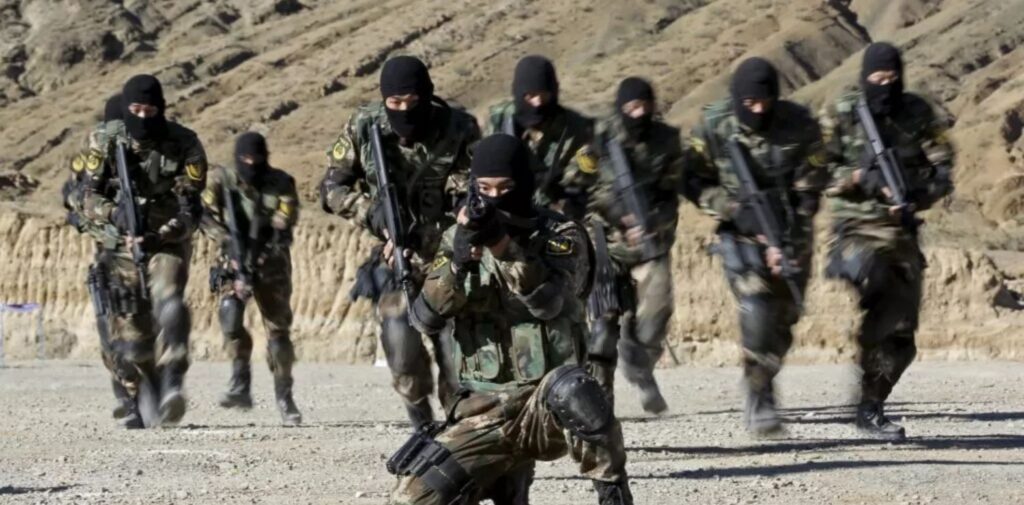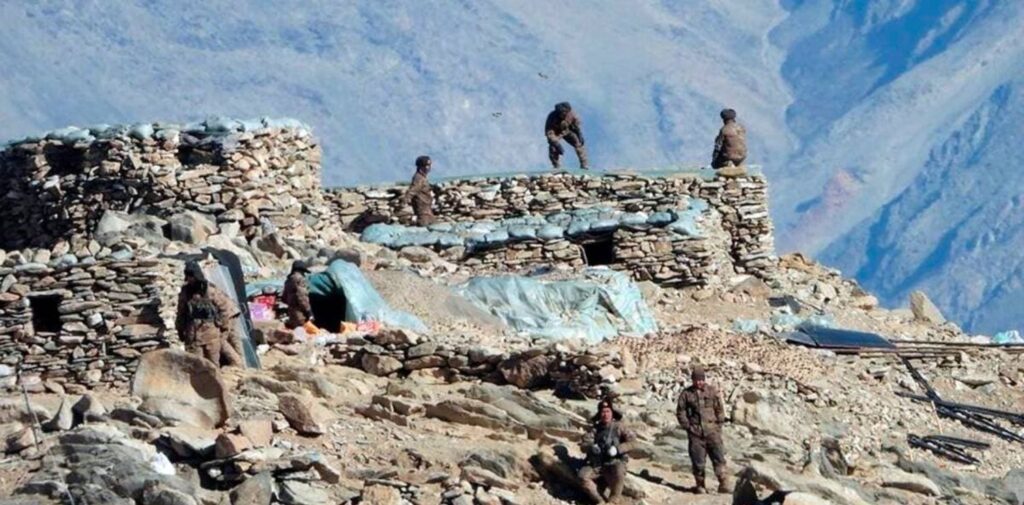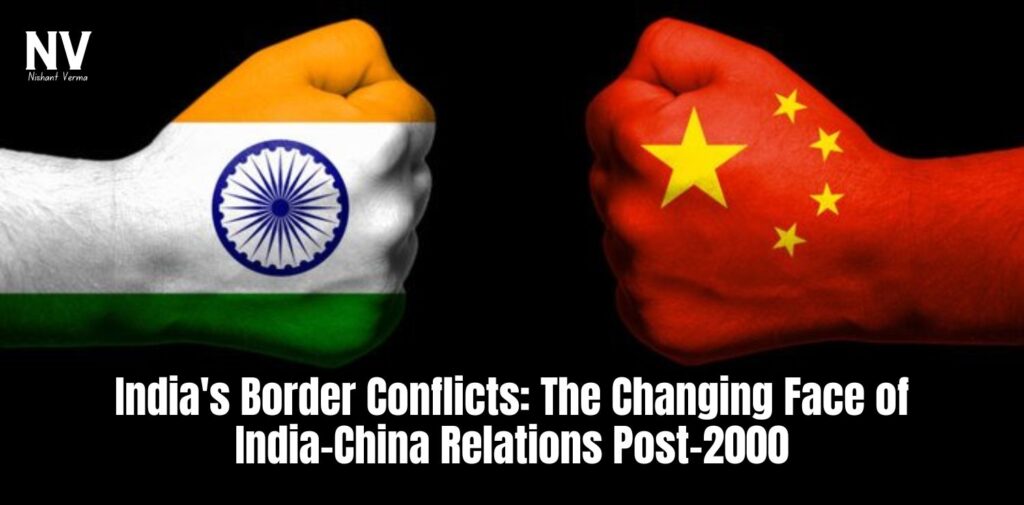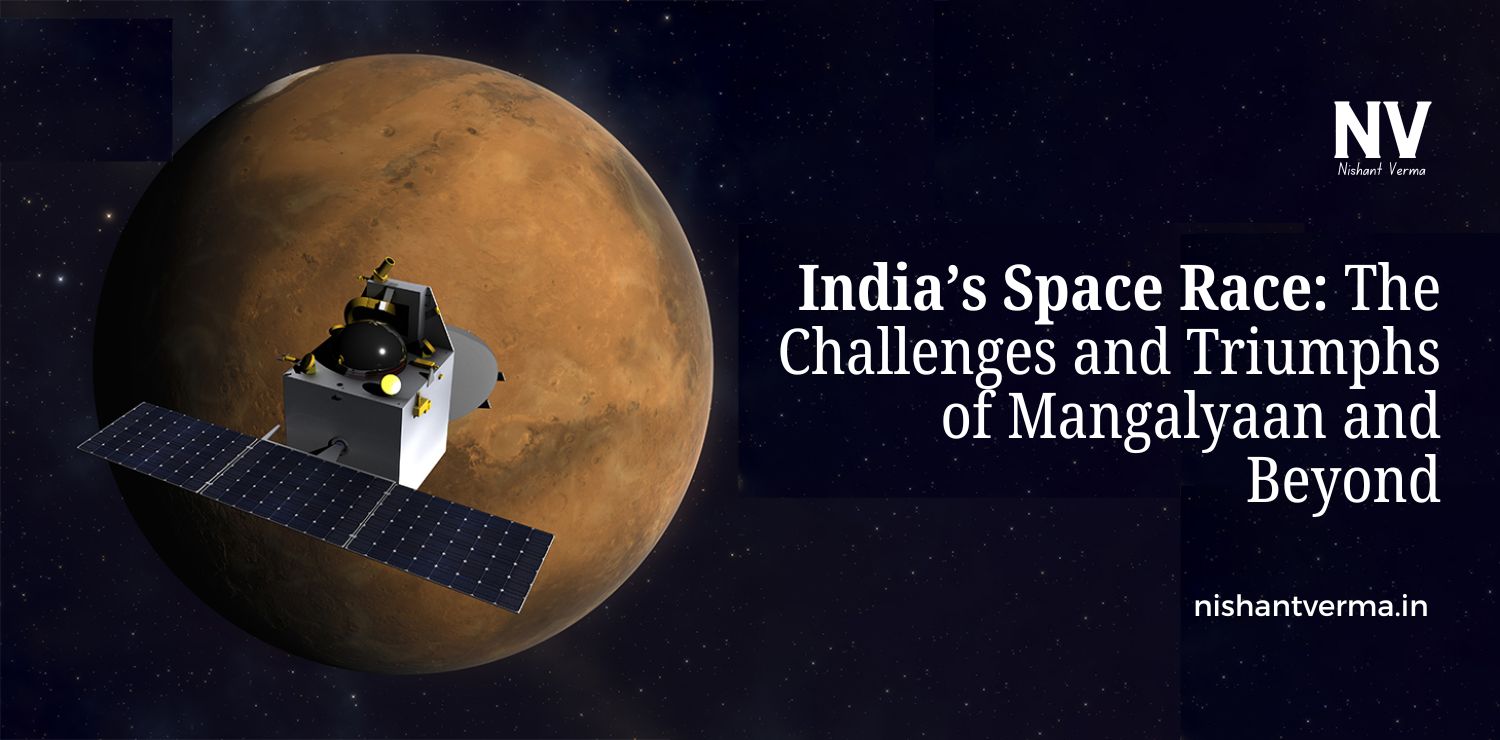India and China share a long and complex history when it comes to their relationship. As two of the most populous countries in the world, their political, economic, and military dynamics often attract attention. Border conflicts, however, have been a constant source of tension between these two nations. This article explores how the face of India-China relations has changed post-2000, focusing on the evolving border disputes and the broader geopolitical impact.
The Early Days of India-China Relations
India and China have had a long-standing relationship, with deep historical, cultural, and economic ties. However, the peaceful relationship was disrupted in 1962 when the two countries fought a brief but intense border war. The war resulted in India losing significant territory in the Aksai Chin region, and it left a lingering sense of distrust and animosity. After the war, relations between the two countries remained largely cold, with occasional diplomatic engagements, but the issue of the border remained unresolved.
The period post-1962 was marked by a cautious approach, as both countries were dealing with internal challenges and were focused on rebuilding their economies. However, the situation started to shift in the 1980s and 1990s when both nations began to recognize the importance of economic growth and cooperation. Diplomatic exchanges were re-established, and trade between the two countries began to grow, although the border issue continued to remain a sensitive topic.

The Border Issue: The Core of India-China Tensions
At the heart of India-China relations lies the issue of the border, specifically in two regions: Aksai Chin in the west and Arunachal Pradesh in the east. Both countries claim parts of these areas, and despite several rounds of talks, no agreement has been reached on the exact demarcation of the border.
The Aksai Chin region, which India claims as part of its Jammu and Kashmir state, is a strategic area due to its proximity to Tibet and the Karakoram mountain range. China, however, controls the region, and it considers it part of its Xinjiang province. In the eastern sector, India claims Arunachal Pradesh, a state in the northeastern part of the country, while China considers it to be part of its Tibet Autonomous Region. The lack of a clear resolution over these territories has kept tensions simmering for decades.
Post-2000: The Shifting Dynamics
In the new millennium, the relationship between India and China began to take on a new shape. Both countries recognized the need to cooperate in certain areas, such as trade, investment, and regional security, but the border issue remained unresolved. Several factors have contributed to the changing dynamics between the two nations in recent years.
One of the key factors has been China’s rapid economic growth and its increasing assertiveness in the global arena. As China’s economy grew, so did its military power, which raised concerns not only in India but also in many parts of the world. China’s Belt and Road Initiative (BRI) and its growing influence in Asia and Africa have prompted India to take a more cautious approach to its relationship with China.
On the other hand, India, which has also emerged as a major player on the global stage, has taken steps to bolster its military and economic presence. The rise of India’s own economy and the strengthening of its ties with the United States and other Western nations have had an impact on how India views China. While India has expressed its willingness to resolve the border issue peacefully, it has also made it clear that it will not compromise on its territorial integrity.

Doklam Crisis: A Turning Point
The Doklam standoff in 2017 was a significant moment in the evolving India-China relations. The crisis occurred when China attempted to build a road in the Doklam plateau, an area that Bhutan also claims as its territory. India, as Bhutan’s close ally, intervened in the dispute, which led to a tense military standoff between Indian and Chinese forces.
The Doklam crisis highlighted the growing rivalry between India and China, not just over the border but also in terms of their regional influence. The incident also brought attention to the strategic alliances and the increasing competition for dominance in the Indian Ocean region and beyond. While the standoff ended without major conflict, it set the stage for more aggressive posturing and a shift in the bilateral relationship.
Recent Escalations: Galwan Valley Clash
In June 2020, tensions between India and China reached a new height with the violent clash in the Galwan Valley, located in the Ladakh region. The skirmish resulted in the deaths of 20 Indian soldiers and an unspecified number of Chinese casualties. The incident marked the first fatalities along the border in over four decades and sent shockwaves across both countries and the international community.
The Galwan Valley clash exposed the fragility of the border situation, and it also shed light on the broader geopolitical rivalry between India and China. The border dispute was no longer just a territorial issue but had become part of a larger contest for regional dominance. Both countries began to reinforce their military presence along the disputed border, and diplomatic talks continued, though the situation remained tense.
The Galwan Valley clash not only deepened distrust between the two nations but also led India to reconsider its approach to China. India began to take stronger steps to counter China’s influence, particularly in the economic and strategic spheres. For example, India has sought to reduce its dependence on Chinese imports and has taken measures to strengthen its domestic industries.

The Way Forward: A Complex Relationship
As India and China move forward, their relationship remains a delicate balance of cooperation and rivalry. The border issue continues to be the focal point of tension, but both nations recognize the need for dialogue and diplomacy to avoid further escalation. The growing economic interdependence between the two countries has created opportunities for collaboration, but it also presents challenges, especially when it comes to issues like trade imbalances and regional security.
India’s approach to China post-2000 has been shaped by a combination of pragmatism and caution. While India remains committed to resolving the border dispute through peaceful means, it has also made it clear that it will not compromise on its territorial integrity. This position is likely to remain unchanged as both countries continue to navigate the complexities of their relationship.
The changing face of India-China relations is a reminder that in international relations, history, geography, and economics are constantly evolving. The border disputes that have defined much of their relationship in the past will continue to shape the future of India-China ties. As the world’s most populous countries with growing global influence, the way India and China manage their border conflicts will have significant implications for not just their bilateral relationship but also for regional and global stability.
Conclusion:
In conclusion, while the challenges of border conflicts between India and China remain, the evolving nature of their relationship offers hope for a more stable and constructive future. Both nations must continue to engage in dialogue, build trust, and seek peaceful solutions to their differences, while also recognizing the growing importance of cooperation in an increasingly interconnected world.




